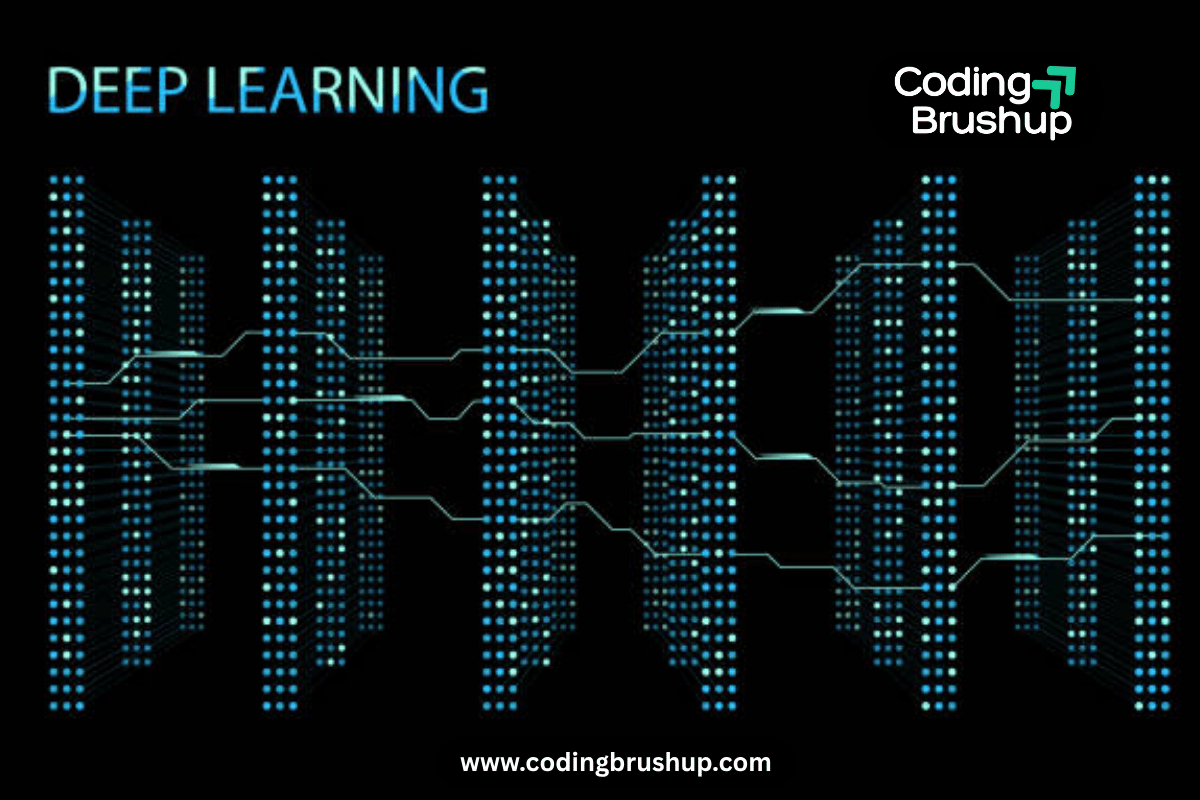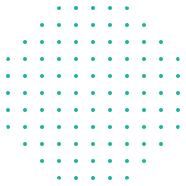Currently Empty: $0.00
Blog
How to Learn R for Data Analysis: A Beginner’s Guide

Learn R programming for data analysis to unlock powerful skills in statistics, data visualization, and predictive modeling. As one of the core tools in modern data science, R helps professionals work efficiently with large datasets, generate insights, and build analytical solutions. This beginner’s guide explores the R basics for data science, provides a step-by-step learning roadmap, and lists the top resources to help you gain hands-on experience in data analysis using R language.
Learn R Programming for Data Analysis: Why It’s the Right Choice
R is a language purpose-built for statistics, data manipulation, and visualization, making it a preferred choice in both academic research and the data science industry. Whether you’re creating data dashboards or running complex analyses, learning R programming for data analysis gives you the flexibility and power to handle real-world data problems.
Key Advantages of Learning R for Data Analysis
1. Designed for Statistical Analysis
R was created by statisticians specifically for statistical computing. It offers built-in support for probability, regression, and hypothesis testing—making it ideal for rigorous data analysis workflows.
2. Advanced Visualization Tools
Packages like ggplot2, plotly, and shiny allow you to build interactive and publication-quality visualizations. These tools help transform raw data into clear, insightful dashboards and reports.
3. Large and Active Community
R has a strong, global user base. Thousands of contributors regularly update CRAN—the official R package repository—with libraries tailored for data analysis using R language, including finance, healthcare, marketing, and more.
4. Open Source and Cost-Free
One of R’s strongest advantages is that it’s free and open-source. You can install and use it on any system, ensuring accessibility for students, researchers, and organizations alike.
Prerequisites – What You Need to Know Before Learning R
Before you start to learn R programming for data analysis, it’s important to have a foundational understanding of some core concepts. These prerequisites will help you grasp R syntax more effectively and apply it to real-world data tasks with confidence.
Basic Prerequisites
To get the most out of data analysis in R programming, make sure you’re comfortable with the following:
- Basic Statistics
Understand mean, median, mode, standard deviation, correlation, and hypothesis testing. - Spreadsheet Literacy
Experience using tools like Excel or Google Sheets for basic data handling. - Familiarity with Datasets
Know how to read and interpret CSV, Excel files, and basic data tables. - Optional: Basic Programming Logic
While not mandatory, familiarity with concepts such as variables, loops, and conditional statements will help you navigate R programming more smoothly.
Step-by-Step Plan to Learn R Programming for Data Analysis
Here’s a structured path for mastering data analytics in R programming as a beginner.
Step 1 – Install R and RStudio
Install the latest versions of:
- R: The core programming language
- RStudio: The most popular IDE for R
Step 2 – Learn R Basics for Data Science
Get comfortable with the building blocks:
| R Concept | Description | Example |
|---|---|---|
| Variables | Store data | x <- 10 |
| Data Types | Numeric, character, logical | class(x) |
| Vectors & Lists | Containers for data | c(1, 2, 3) |
| Data Frames | Tabular data structure | data.frame(name, age) |
| Functions | Reusable code blocks | mean(c(1, 2, 3)) |
Step 3 – Practice Data Manipulation
Use dplyr and tidyr to transform and clean your data.
Key Functions:
filter(): Subset rowsselect(): Choose columnsmutate(): Create new variablesarrange(): Sort data
Step 4 – Learn Data Visualization
Explore ggplot2, the go-to package for beautiful plots.
rggplot(data = mtcars, aes(x = mpg, y = hp)) +
geom_point()
Best Practices:
- Keep visuals clean and minimal
- Use color meaningfully
- Label axes and legends
Step 5 – Perform Statistical Analysis
Use R to:
- Conduct hypothesis testing
- Run regression models
- Analyze distributions
Packages like stats, car, and lmtest are your toolkit for data science using R programming.
Step 6 – Build Real-World Projects
Apply your skills on datasets from:
- Kaggle
- UCI Machine Learning Repository
- Government open data portals
Project ideas:
- Sales performance dashboard
- COVID-19 trend visualizer
- Customer segmentation analysis
Resources to Learn R Programming for Data Science
To help you master data science with R programming, here are some of the most effective learning platforms, tools, and communities. These resources will provide both theoretical knowledge and hands-on practice.
| Resource Type | Recommended Options |
|---|---|
| Online Courses | Coursera, DataCamp, edX |
| Books | R for Data Science by Hadley Wickham and Garrett Grolemund |
| Practice Platforms | Kaggle, HackerRank, LeetCode (Data Science) |
| Community Forums | Stack Overflow (R tag), Reddit – r/Rlanguage |
These platforms are ideal for beginners who want to learn R programming for data science through structured learning paths, project-based exercises, and peer support. Be sure to balance video tutorials with hands-on coding for the best results.
Takeaway – Start Your R Journey Now
Learning R programming for data science is a smart and strategic move for anyone looking to work in analytics, research, or business intelligence. The journey starts with mastering the R basics for data science, including data types, data frames, and basic functions.
Then, by practicing data manipulation, visualization, and statistical modeling, you will gradually become confident in using data analysis in R programming for real-world scenarios. Use quality resources, stay curious, and don’t hesitate to seek help from the R community when stuck.
With consistency and real-world application, you can go from a beginner to a proficient data analyst using R. It’s not just about coding—it’s about thinking analytically and solving problems through data.
Why CodingBrushup Recommends Learning R for Data Analysis
At Coding Brushup, we believe that data science with R programming opens the door to powerful insights, better decision-making, and career growth. Whether you’re transitioning from Excel or just starting in tech, R provides a strong foundation in data science, visualization, and predictive analytics.
Explore our beginner-friendly tutorials, real-world projects, and bootcamps tailored to make learning R programming for data analysis effective and engaging.

